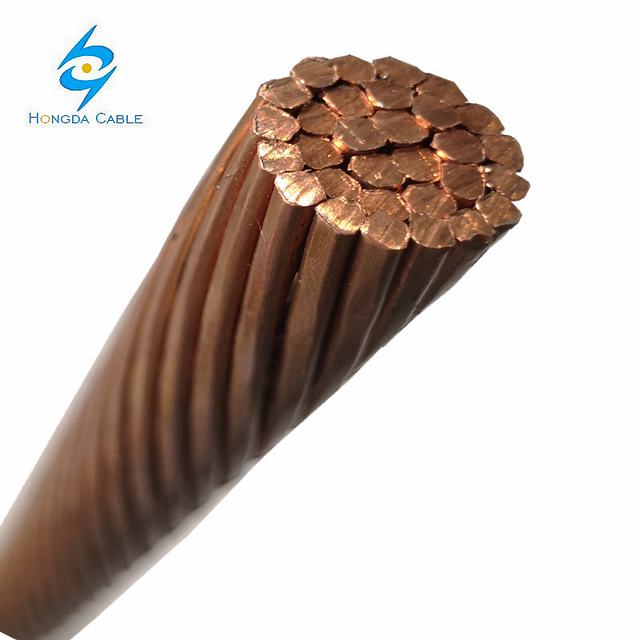So, i understand the normal DC hazards but I was not getting how tieing the PV frame to the house (aka AC electrical system) ground was making anything safer for the human because it didn't improve anything about you creating a 'path back to source' with your body.. On the DC side you'd have to have body parts touching something on both 'poles' of the DC circuit to get the juice flowing, in which case the ground conductor changes nothing because it's not tied to either one except in case of ground fault. So it wouldn't seem to reduce the DC hazard any in the absence of a ground fault.. But if one side HAS a ground fault, it
increases the likelihood that you end up touching both sides of the circuit at once, because now the entire sea of panels you're standing in is one side of the circuit! The actual grounding rod at the house won't pull the DC voltage down because the dirt has no path back to the other side of the DC circuit, and if it did because BOTH sides of the DC circuit have a ground fault out to the panel framing, the panels would short
locally through the racking and the ground conductor into the house would do nothing anyway.
On the AC side you would only
have AC out there if your house equipment was putting it there, and having a copper conductor back to house ground was just giving your pv panelling a BETTER path back to the AC source, than if you touched the live AC and a pv panel frame and that copper conductor wasn't there! X amount of AC voltage pushing against my body plus 150' of dirt resistance back to house ground rod back up into the panel to the NG bond, across the neutral back to source, is a lot less likely to give me the wiggles than my body plus 150' of
beautiful perfect copper directly back to the source. So it would seem to me to be making the AC hazard
worse.
I guess the way it
could help is if it put the PV panel framing/racking at the SAME potential as the live wire you're touching. But that would require a 'ground fault', ie some low resistance path between the conductor carrying the AC, and the framing/racking. If there IS no ground fault, but you end up touching the AC anyway, and the PV panel frame, then the two things are at very different potential and you get the wiggles.
It just seems like ground faults are not the only type of fault, and this is making a bunch of other types of faults (including human error) more dangerous and only really helping in the event of lightning. I must have some major fundamental blind spot for all these downsides to somehow be wrong, or for there to be such a big upside somewhere else that it outweighs all these downsides. It's unnerving. I hope to get to the bottom of it soon.





